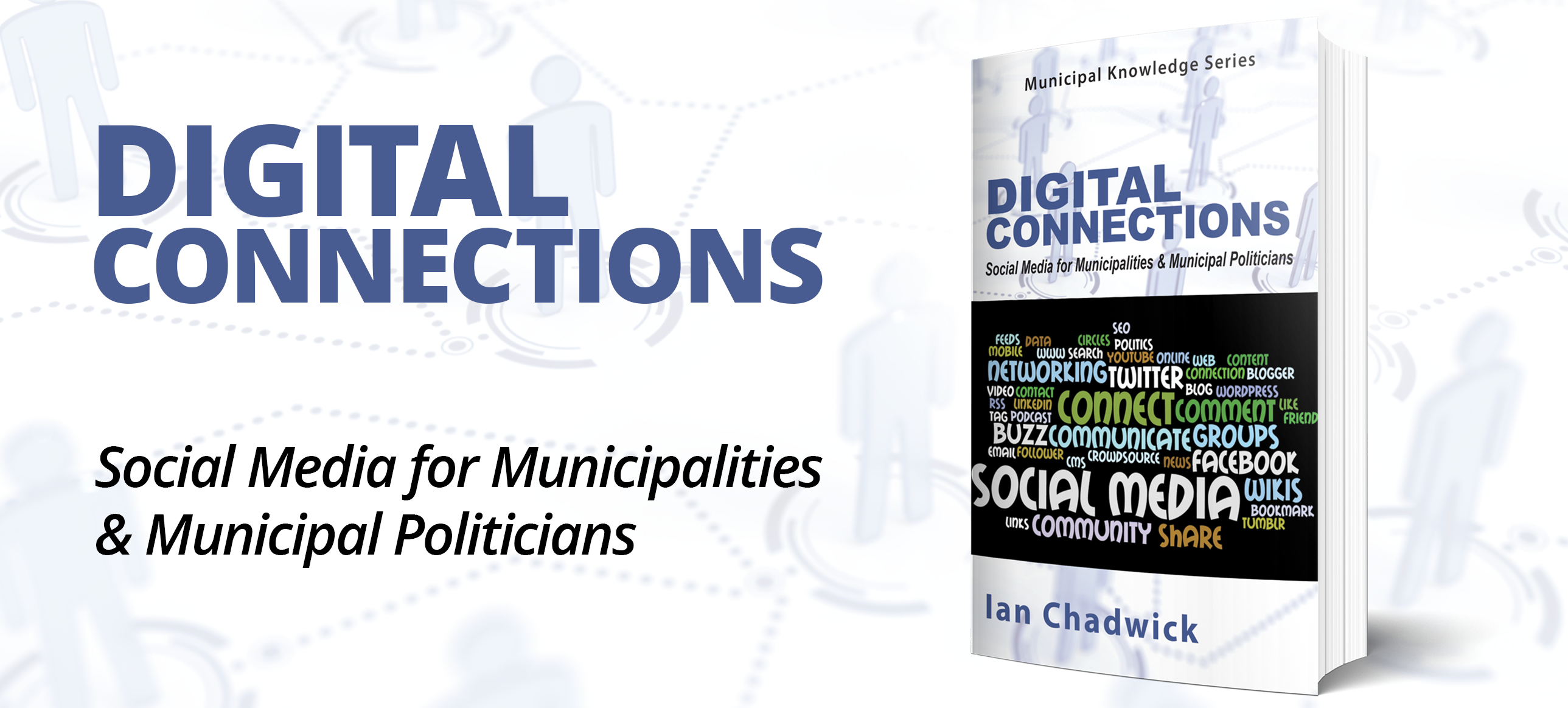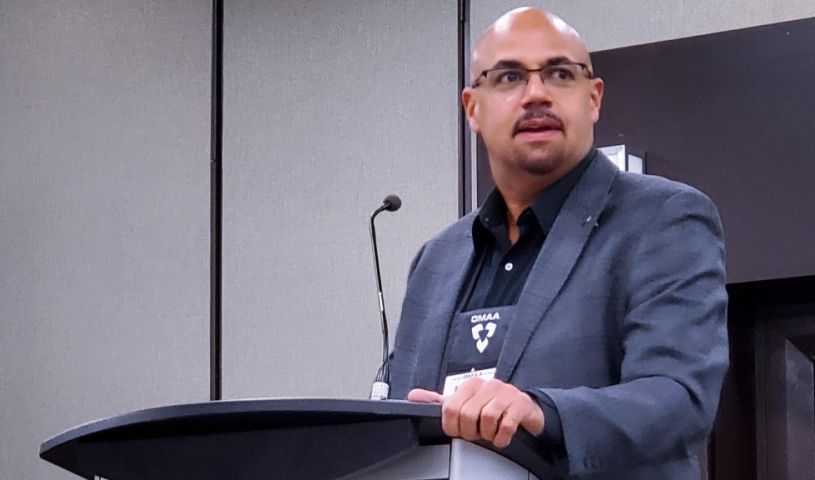The Municipal Natural Assets Initiative: Protecting nature and delivering critical services

The Town of Gibsons, British Columbia, a coastal community of 4,400 people, was the first North American community to experiment with integrating natural assets into asset management and financial planning. During the town’s assessment of its infrastructure assets, officials realized that their natural assets (which provide many services, including stormwater management and drinking water supply) were not being accounted for, representing a significant undocumented risk to the community. If these natural assets were lost, the town would have to replace them with engineered infrastructure, which it could not afford to do. It could, however, afford to protect those natural assets. Consequently, the town explicitly deemed that natural assets should have the same consideration as engineered assets. This led to a host of other changes including amendments to subdivision and development charge by-laws to include fees supporting improvements to natural assets.
Other Canadian local governments are also seeking new strategies to improve their ability to deliver core services in an affordable, financially sustainable manner. To do this, many have turned to modern asset management, due to its focus on sustainable service delivery. The Town of Gibsons’s approach is therefore becoming a logical component of overall asset management for a growing number of municipalities.
This is the context within which the Municipal Natural Assets Initiative (MNAI) began to take shape in 2015. The goal of the initiative is to refine, replicate, and scale up Gibsons’s innovative work in other communities. The MNAI team provides scientific, economic, and municipal expertise to support and guide local governments in identifying, valuing, and accounting for natural assets in their financial planning and asset management programs, and in developing leading-edge, sustainable, and climate resilient infrastructure.
Beginning in 2016, the MNAI team reviewed methodologies for determining the functions, services, and values of natural capital that aligned with the asset management systems already being adopted by local governments for engineered infrastructure. As with Gibsons, the team built the approach on an asset management platform and within this, began by looking at stormwater management services. The methodology developed provides local governments with a framework to:
- characterize their natural assets;
- develop alternative future scenarios around the natural assets (including climate change impacts);
- develop and run a hydrologic model;
- conduct an economic valuation using the replacement cost method;
- assess the beneficiaries (i.e., those who directly and indirectly benefit from the service); and
- develop an operations and maintenance plan for their natural assets.
Defining and Scoping Municipal Natural Assets Management
The approach outlined above is termed Municipal Natural Asset Management (MNAM). As MNAM is a new and emerging concept, basic definitions are required to ensure consistency and avoid confusion. The question of what exactly is a municipal natural asset and how it fits into the MNAM approach is important.
Municipal Natural Assets refer to the stock of natural resources or ecosystems that contribute to the provision of one or more services required for the health, well-being, and long-term sustainability of a community and its residents.
This definition of a Municipal Natural Asset is important for distinguishing it from another key term: green infrastructure. While green infrastructure and natural assets are often used interchangeably, they are different. Green infrastructure is an umbrella term used to encompass all natural and human-made elements that provide ecological and hydrological functions and processes. So, while green infrastructure includes natural assets, it also includes enhanced assets (such as rain gardens and bioswales) and engineered assets (such as green roofs and permeable pavement).
The MNAM approach, with its focus on integrating natural assets into local governments’ traditional asset management planning, further narrows the scope of natural resources or ecosystems addressed. In viewing natural assets through local governments’ infrastructure asset management lens, the MNAM approach considers only those municipal natural assets that would otherwise need to be provided via an engineered alternative by a municipality, regional government, or other form of local government to provide a service.
Every community will have different and unique natural assets and varying perspectives on what services local government must provide. Consequently, MNAM does not prescribe a checklist that natural assets are acceptable within the approach and those that are not. Rather, MNAM is an approach with several corresponding tools that local governments can use to measure and manage natural assets effectively in their local context. Its strength is that it uses the familiar asset management platform and language to position natural assets firmly within the mainstream decision making of local governments.
Protecting Critical Services
Nature provides critical services to our cities and communities. With MNAM, we can start ensuring that those services are no longer taken for granted, but rather that they are measured, valued, and managed alongside other traditional infrastructure assets at the municipal level. It’s both about protecting nature and about empowering our communities – a winning combination as we look to tackle an uncertain future. MW
✯ Municipal World Insider and Executive Members: You might also be interested in the full version of this article or in Stephanie Cairns’s article: Opportunities to fund municipal natural asset management projects. Note that you can now access the complete collection of past articles (and more) from your membership dashboard.
Sara Jane O’Neill is a Senior Research Associate for Smart Prosperity Institute (formerly Sustainable Prosperity), a national research network and policy think tank based at the University of Ottawa to advance practical policies and market solutions for a stronger, cleaner economy.
Related resource materials:



